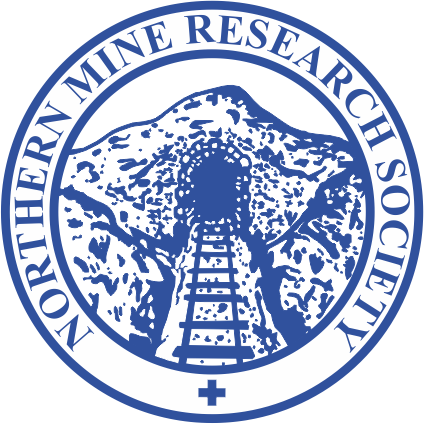
Conlig & Whitespots Mine
Copyright © Albert Bridge and licensed for reuse under this Creative Commons Licence
The vein, which was productive over nearly one mile, ran through the townlands of Whitespots and Conlig in County Down. It was part of a near south to north basalt dyke which was intruded into Silurian grits and shales. The northern part, Conlig, was owned by Robert Ward, and Lord Londonderry owned the southern part, in Whitespots, which was larger.
The first known mining, in 1780, was a lease from Ward to a partnership of five men, called the Bangor and Newtown Mining Company, which had a capital of £1000. They sank two shafts, 300 metres south of the lake at Clandeboye House, and found some ore, but the trial failed.
A cost book company to work the Newton Ards (Whitespots) Mines was formed on the Isle of Man in February 1827. One of its partners, Francis Basil Byne, was involved with the mine until in closed in 1865. The company eventually sank seven major shafts and installed steam engines for pumping and winding at three of them. It even refurbished the manorial windmill in order to drive crushers and ore dressing machinery. Some of its mining methods fell far short of current best practice, however, and ore was ripped out without thought of the future.
Possibly taking advantage of a request for a new lease, Lord Londonderry, the mineral owner, had John Taylor Jnr report on the mine in 1842. We learn that workings were then centred on the North Engine Shaft, which was 60 fathoms deep. Some went below this, however, and were being pumped by hand at great cost. Two of the partners left, in 1839, leaving Byne with new partners, George William Dumbell, who went on to form the Great Laxey Mining Company, William Beckwith and William Gill, all of the Isle of Man. Ore from the mine was shipped to Wales, through Bangor, for smelting.
There were no mines in Conlig until 1836, when the Ulster Mining Company was formed and began sinking McBurney and Conlig Shafts, near the boundary with Whitespots. The latter shaft had a pumping engine and got down to almost 80 fathoms. Between them the two shafts worked an oreshoot between the 40 and 80 fathom levels. In 1850, the outstanding part of the company’s lease was acquired by Dumbell, who worked the remaining Conlig ore down to the 100 fathom level from North Engine Shaft. Work here ended in 1853.
The Bog Shaft was sunk to work the southern end of Whitespots, but it found very little new ore, despite reaching the 200 fathom level. The mine had enough reserves to allow it to limp on, with steadily falling output, until it was put up for sale in March 1865. Lord Dufferin, who owned Clandeboye House, bought the plant and leases for £1005, principally with the intention of preventing further mining marring his view.
Amongst the visible remains are the Windmill, 500 metres west of the gate leading to the Rockrimmon Equestrian Facilities off the A21. The chimney at Bog Shaft is 220 metres to the south-south-west, and the chimney, part of the engine house and dumps at North Engine Shaft are 450 metres to the north-north-west, alongside Clandeboye golf course.
Further reading:
- Woodrow, A. A History of the Conlig and Whitespots Lead Mines (British Mining No.7, 1978)

